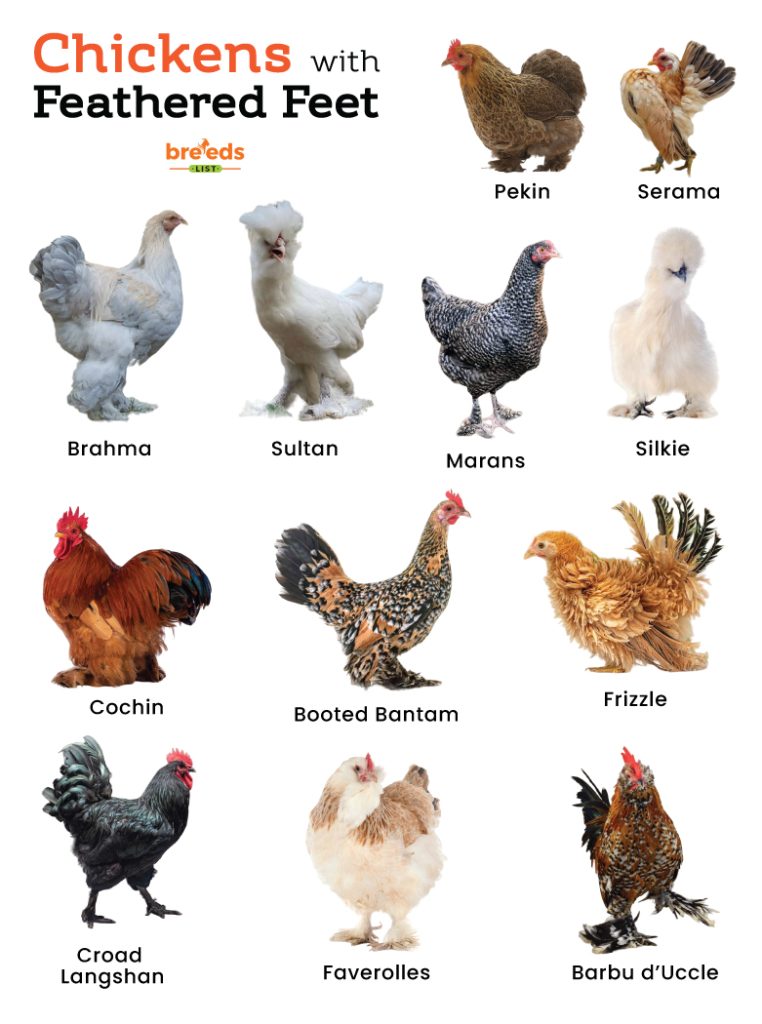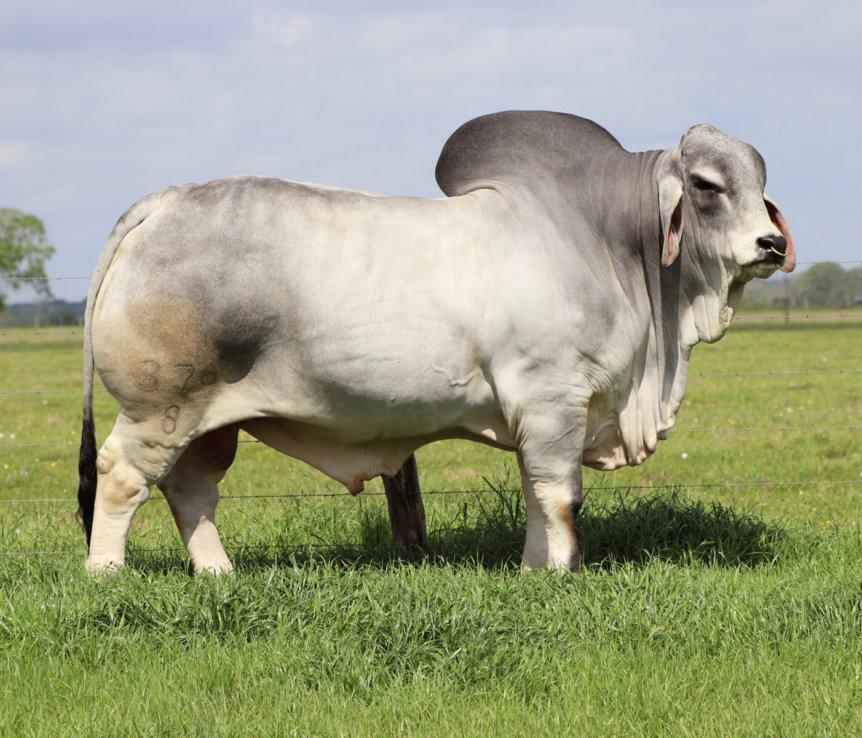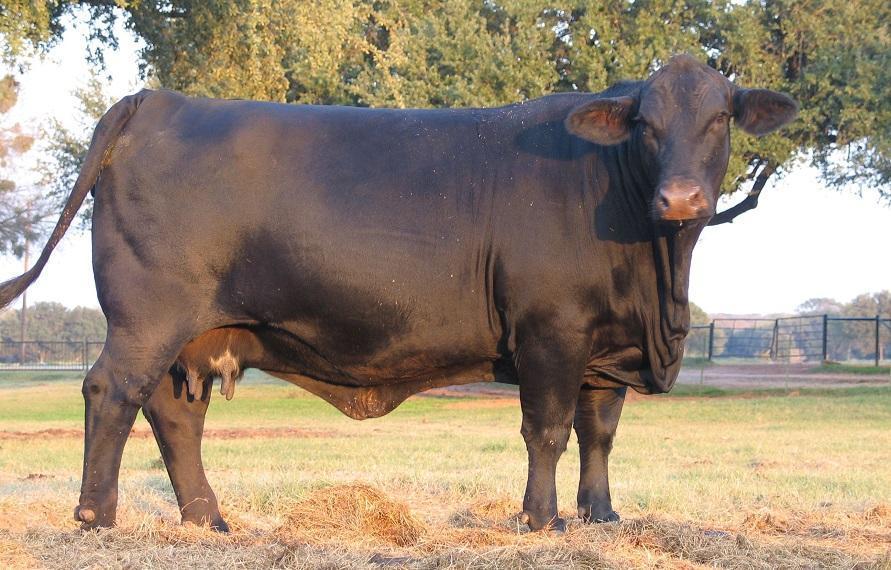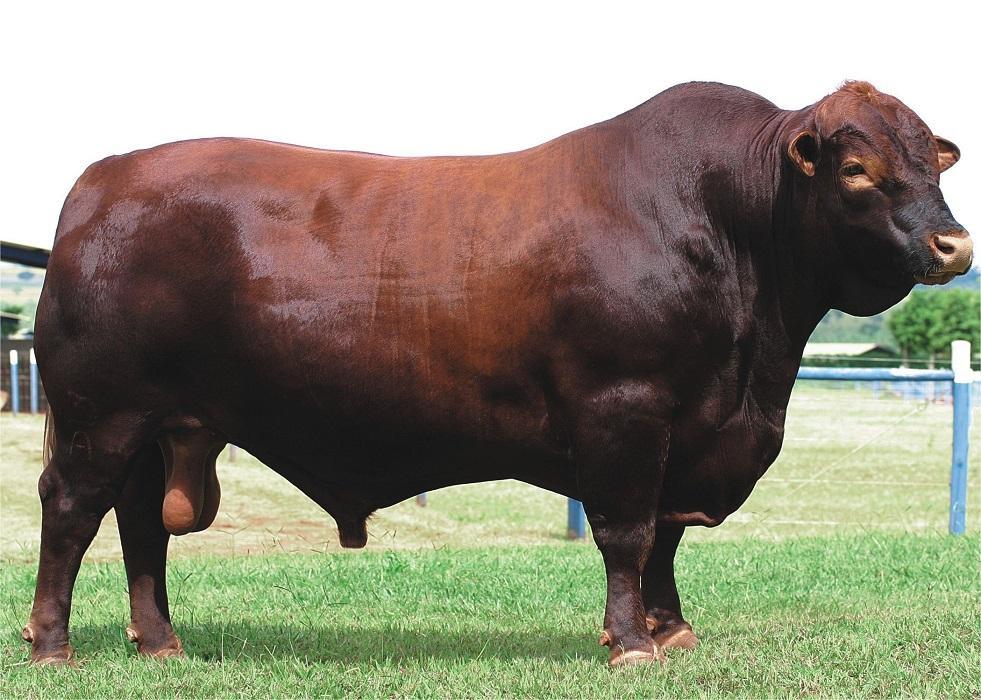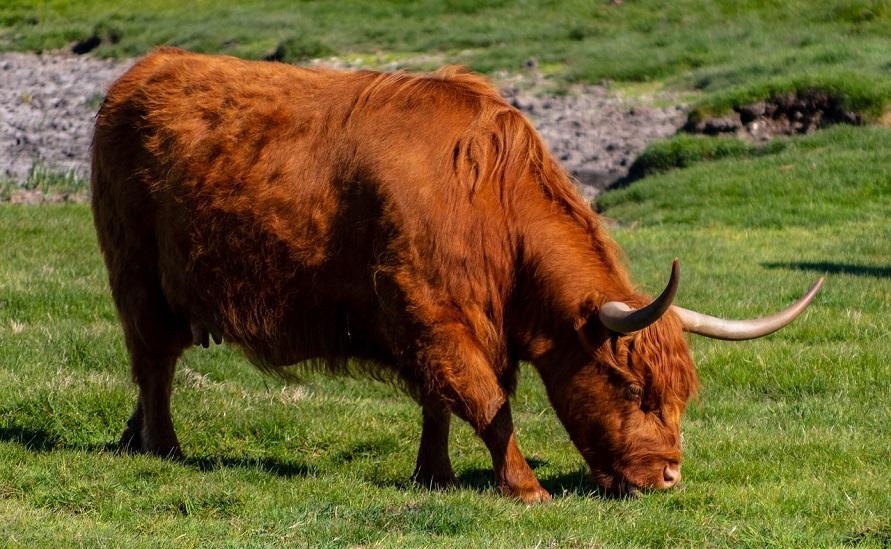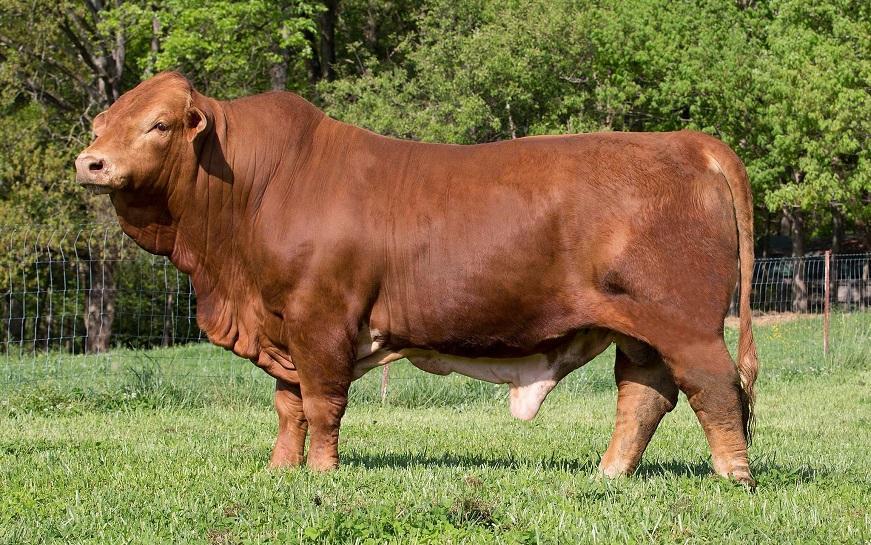Chickens With Feathered Feet
The development of feathers on a chicken’s feet is a rare trait observed in about a dozen breeds. The amount of feathering can vary depending on the chicken. For instance, Cochins’ feathers cover only their feet and toes, whereas Brahmas’ plumage extends from toes to leg joints.
Why Do Some Chickens have Feathers on Feet
Feathers develop on a chicken’s feet due to a gene combination affecting scale and feather growth. This trait, called “ptilopody,” also plays a crucial role in their wing development. Modern pigeons are known to display the same traits, while it’s believed to also have existed in dinosaurs.
List of Chickens With Feathers on Feet
- Barbu d’Uccle
- Booted Bantam
- Brahma
- Cochin
- Croad Langshan
- Faverolles
- Malaysian Serama
- Marans
- Pekin
- Silkie
- Sultan
- Frizzle (Not recognized by the American Poultry Association)
Advantages of Fluffy Feet in Chickens
The main advantage of having feathers on feet is added insulation. Chickens often reduce blood flow to their feet to prevent freezing in winter, with the feathers offering additional protection.
Problems of Feathered Feet
- Increased Vulnerability to Leg Mites — They are especially vulnerable to leg mites, which burrow where feathers emerge, making early detection difficult.
- Managing Mud — Chickens with feathered feet trap more dirt, leading to a muddier, less hygienic environment, particularly affecting the coop and eggs.
- Higher Susceptibility to Ingrown Feathers — These breeds are susceptible to infections from scales forming over ingrown feathers.
- Higher Risk of Frostbite — While extra feathers provide insulation, trapped snow, slush, and mud can freeze over their feet in cold seasons, leading to frostbite.
Additionally, chickens with feathered feet are frequent targets of “picking” behavior, especially if they are outnumbered by other breeds lacking this trait. This can cause bleeding and increase the risk of infection.
To prevent these issues from leading to major problems, feather-footed breeds need regular foot care, including checks and cleaning with warm water and magnesium sulfate to remove mud and scales.

